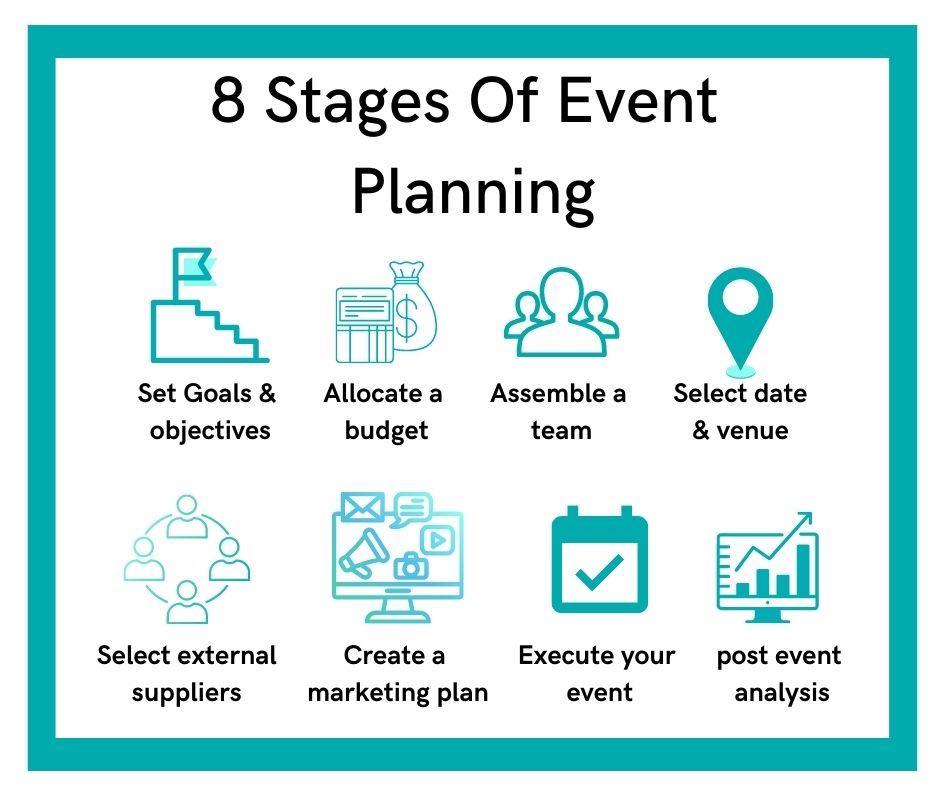Overcoming Obstacles in the Art of Visual Image Projection Mapping Execution
Wiki Article
Video projection mapping is an innovative technology that converts common surfaces into dynamic presentations. This method enables creators and design professionals to project visuals and videos onto objects like structures, sculptures, or stages, creating an immersive visual experience. However, despite its capabilities, executing video projection mapping effectively comes with several obstacles. Understanding and overcoming these obstacles is essential for anyone seeking to create impactful projection art.
One of the main challenges in video projection mapping is guaranteeing that the displayed image matches accurately with the surface. This process, known as "mapping," demands precise calculations and calculations. If the display is not matched correctly, the images can appear distorted or off. To tackle this issue, creators often use dedicated software that helps in mapping the visuals to the object's dimensions. Moreover, conducting comprehensive tests before the final projection can help identify any discrepancies and allow for adjustments to be made.

Another significant obstacle is the different luminosity and hue of the displayed images. Different surfaces react variously to illumination, which can influence how the colors appear once cast. For instance, a pale material will bounce brightness variously than a deep one. To overcome this, artists must consider the material characteristics before choosing the colors and brightness for their projections. Testing the display on the real surface during the preparation phase can provide valuable insights into how the final show will appear.
Technical issues can also pose a projection mapping for fashion shows hurdle in video projection mapping. Issues such as equipment malfunction, software bugs, or network issues can disrupt the entire project. To minimize these risks, it is vital to conduct comprehensive hardware checks and have backup plans in position. This can comprise having additional cables, projectors, and even alternative software choices ready to go. Being ready for technological issues can ensure a smoother execution of the display.
Finally, audience engagement is an essential aspect of video projection mapping. While the graphics are key, how the viewers engage with the display can why not try this out make a big difference. Artists must think about how to create their projections to attract viewers’ attention and promote interaction. This can involve adding elements that encourage participation or create a story that resonates with the viewers. Gathering feedback from test viewers can also help refine the show to enhance engagement.
In summary, addressing obstacles in video projection mapping demands careful preparation and creativity. By tackling the issues of matching, brightness, technological issues, and viewer engagement, artists can produce spectacular and effective projections. With the appropriate strategies in place, video projection mapping can change ordinary areas into extraordinary encounters, captivating viewers and leaving a memorable impression.